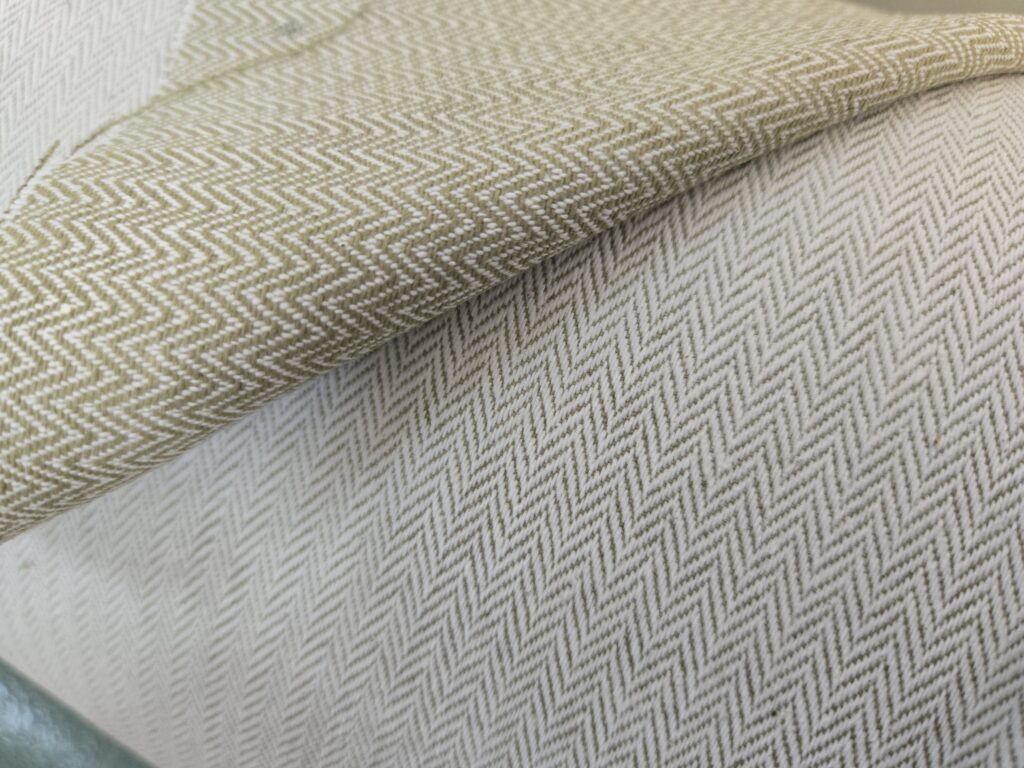In today’s global landscape, the ethos of sustainability has become increasingly pivotal across industries, including the canvas sector. Sustainability entails meeting the needs of the present without compromising the ability of future generations to meet their own needs. With heightened environmental awareness among consumers, businesses face mounting pressure to adopt sustainable practices. This article delves into the evolution of the canvas industry under the auspices of sustainable development trends.

Historical Perspectives:
Traditionally, canvas production relied on conventional methods often detrimental to the environment. Processes such as chemical treatment of fibers and excessive water usage contributed to pollution and resource depletion. However, bolstered by environmental consciousness, the canvas industry has begun exploring sustainable alternatives to mitigate its ecological footprint.
Contemporary Challenges:
Presently, the canvas industry confronts myriad challenges, encompassing environmental concerns, escalating consumer demand for eco-friendly products, and regulatory pressures. Companies must navigate these challenges while maintaining profitability and meeting consumer expectations.
Trends in Sustainable Canvas Production:
To address these challenges, many canvas companies are embracing sustainable practices, including the use of organic materials, implementation of eco-friendly manufacturing processes, and adoption of ethical sourcing practices. These trends reflect a shift towards more environmentally conscious business models.
Innovation and Technology:
Technological advancements play a pivotal role in achieving sustainable canvas production. Companies are leveraging renewable energy, implementing waste reduction technologies, and investing in recycling initiatives to minimize their environmental impact.
Market Response:
The market response to sustainable canvas products is predominantly positive, with consumers increasingly favoring eco-conscious choices. This shift in consumer behavior has spurred the growth of sustainable canvas brands, creating new opportunities for businesses prioritizing sustainability.
Case Studies:
Several successful sustainable canvas companies serve as exemplars of how businesses can integrate sustainable development into their operations. Through innovative strategies and stakeholder collaboration, these companies demonstrate that profitability and environmental responsibility are not mutually exclusive.
Benefits of Sustainable Development Measures:
Sustainable canvas production offers numerous benefits, including reduced environmental impact, positive social outcomes, and enhanced brand reputation and market share, thus conferring economic advantages.
Challenges and Limitations:
Despite its benefits, transitioning to sustainable practices poses challenges such as increased costs, supply chain complexities, and technological barriers. Overcoming these challenges requires commitment and investment from canvas industry players.

Future Outlook:
Looking ahead, the future of the canvas industry may be characterized by further expansion of sustainable practices driven by innovation and collaboration. Through sustainable development, canvas companies can not only mitigate their environmental impact but also create value for society and ensure their long-term viability.
Conclusion:
In conclusion, under the trend of sustainable development, the canvas industry is undergoing a significant transformation. By prioritizing sustainability, businesses can not only meet the growing demand for eco-friendly products but also contribute to creating a more sustainable future for generations to come.